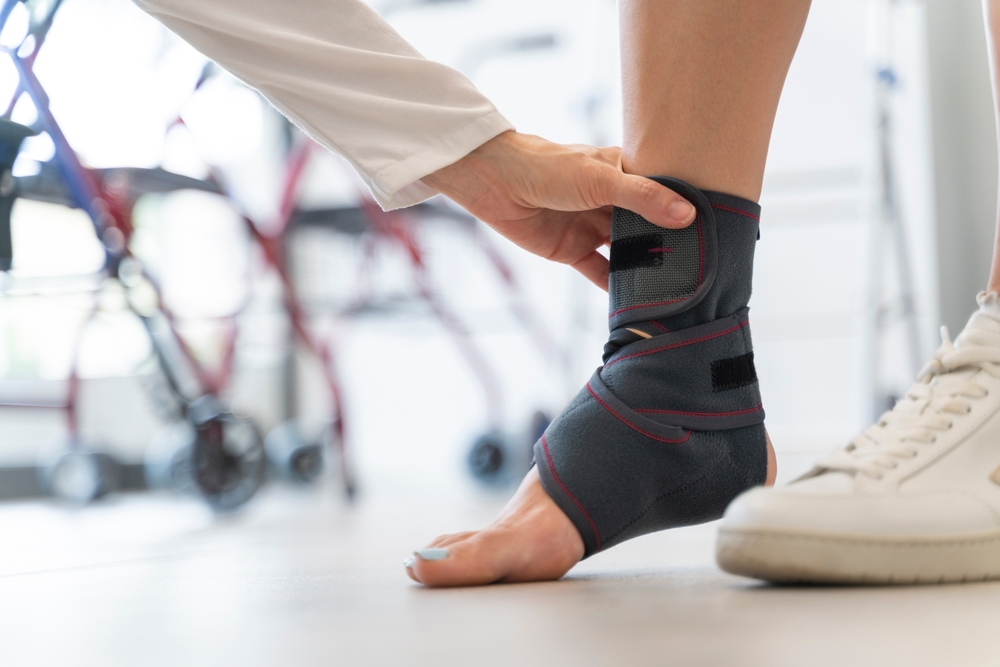Premises liability is a broad term that describes a variety of claims that can result from a hazardous condition on someone else’s property. If you were hurt on someone’s property due to their negligence, you may be entitled to pursue a premises liability case to recover the damages you suffered. However, it’s important to understand that to establish a property owner’s liability for your injuries, specific criteria must be met.
The Property Owner Owes a Duty of Care
A property owner owes a duty of care to those who lawfully enter their premises. This means they must keep their property in a safe condition so that guests and invitees do not suffer an injury. Although a property owner generally doesn’t owe a duty of care to trespassers, liability for injuries can sometimes arise in cases where the owner knew of the trespasser’s presence and consented to it.
The Property Owner Knew a Dangerous Condition Existed
Premises liability accidents can occur nearly anywhere — and when they are least expected. For example, dangerous conditions can exist in supermarkets, parking lots, apartment buildings, office complexes, restaurants, movie theaters, the sidewalk, and other public places. Common examples of dangerous conditions that give rise to a premises liability claim if an injury occurs can include the following:
- Liquid spills
- Debris
- Uneven stairs
- Dog bites
- Defective elevators
- Cracked pavement
- Warped carpets
- Ceiling collapses
For liability to arise, a property owner must have reasonably foreseen that harm could result due to the dangerous condition.
The Property Owner Had Notice of the Hazard
Importantly, even if a dangerous condition existed on the property, it doesn’t mean an owner is automatically liable for it. They must have had notice that the hazard existed. For instance, a property owner can be held accountable for their negligence if they knew of the dangerous condition because they observed it or created it. Liability can also arise if an owner had constructive knowledge — and should have known about the hazard through reasonable inspection of their property.
The Property Owner Failed to Repair the Hazardous Condition
In addition to having actual or constructive knowledge of the hazardous condition on their property, an owner must have failed to make timely repairs in order for liability to attach. In the event repairs could not be promptly made, a premises owner should have adequately warned guests and invitees about the condition. Critically, an owner could be held liable for an accident arising due to a dangerous condition if they failed to place a visible warning sign or block off a hazardous area to prevent others from accessing it.
The Victim Suffered Damages
To establish negligence, a victim must show that the property owner’s breach of the duty of care directly caused their injury. A victim of a premises liability accident may be entitled to compensation for a wide variety of damages suffered if they can establish the owner’s carelessness — including their economic and non-economic losses. Economic damages are meant to compensate for medical expenses, lost wages, out-of-pocket costs, and other pecuniary losses in connection with the accident. Non-economic damages compensate the pain and suffering, mental anguish, and loss of enjoyment of life caused by the accident-related injuries.
Contact an Experienced New York Personal Injury Attorney
Premises liability cases are complex. If you were injured on someone else’s property, it’s essential to have a personal injury attorney by your side to ensure you obtain the compensation you deserve. The Dearie Law Firm, P.C. has represented accident victims for over three decades and provides experienced advocacy to secure the best possible outcome in each unique case. Contact us today for a consultation.

